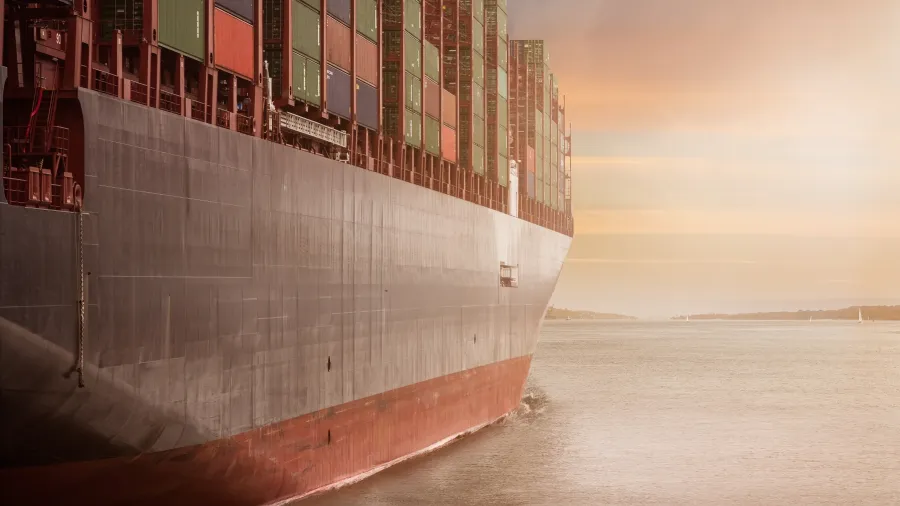
P&I premiums steady despite high-profile incidents
Although competition between P&I clubs intensified due to growth in global tonnage.
Whilst high-profile incidents like the Dali and the Baltimore Francis Scott Key Bridge incident in March typically do not drive protection & indemnity (P&I) premiums, the International Group’s reinsurance reserves, reportedly in the billions, may influence future costs.
The P&I club Britannia, where Dali was entered, is expected to face a retention of $10m and a pool share of around $20m under the International Group’s pooling agreement, according to a report by Mark Cracknell, Global head of P&I at Marsh.
Britannia holds surplus assets of approximately $550m, mitigating the financial impact on the club itself.
In terms of market trends, competition between P&I clubs has intensified due to growth in global tonnage, leading to lower rates for new business and impacting renewals.
Between 2017 and 2020, net income for P&I clubs fell as claims costs increased. From 2019 to 2021, there was a surge in pool claims, narrowing the gap between net premium income and net claims expenditure. Since 2021, however, pool claims have significantly decreased.
P&I clubs reacted in 2020 by increasing rates after a period of low or zero general increases. Whilst the expected rise in claims did not materialise, overall claims plateaued and pool claims fell below historical levels.
Despite individual clubs seeing rising claims costs, they have remained below the rate of inflation.
Currently, the financial outlook for the P&I market appears positive.
Key performance indicators are trending towards profitability, and the average combined ratio is below break-even. Positive investment results for the 2023 financial year have contributed to surplus funds being at their highest level since 2017.



















 Advertise
Advertise








